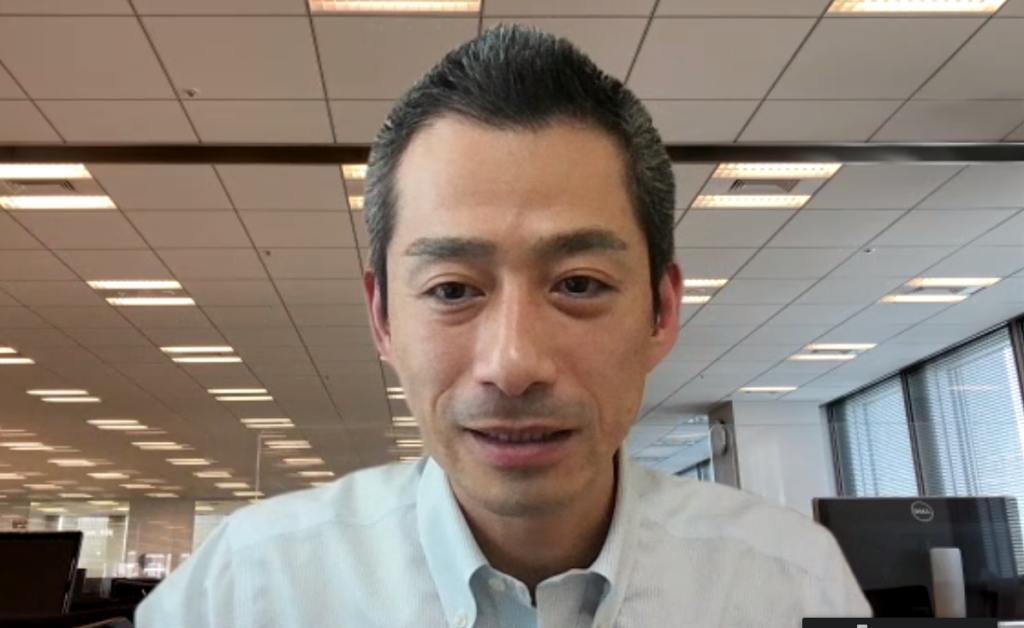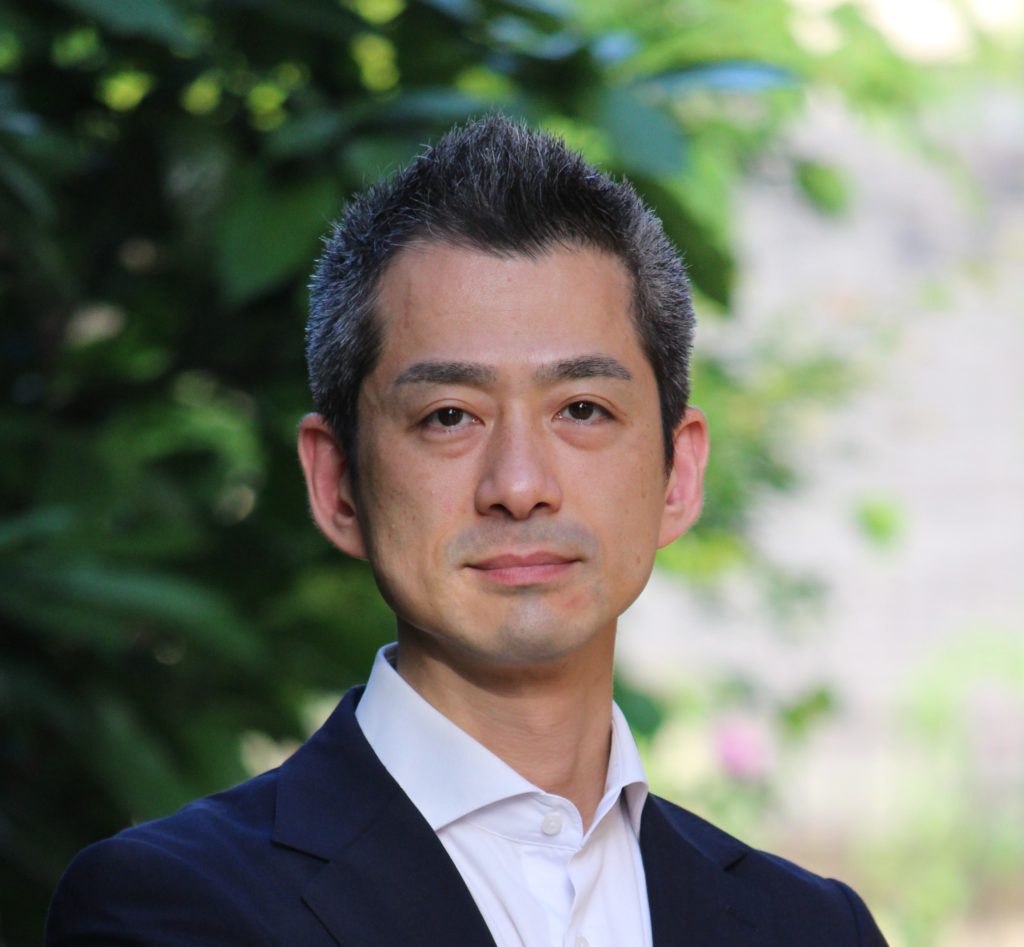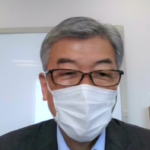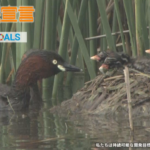[Interview]Promoting Active Peace and SDGs Mitsubishi Chemical Holdings
In August 2020, the 2020 Hiroshima Business Forum for Global Peace was held. The event was an opportunity to discuss the relationship between business and peace development from a variety of perspectives, and many economic experts gave their opinions on promoting Active Peace and SDGs under the coronavirus situation. From the participating companies, Mitsubishi Chemical Holdings Corporation’s Kinoshita Junichi talked to us here about the company’s initiatives.

●Company’s Approach
In 2005, our company started incorporating the holdings system, becoming a conglomerate of four companies under the holdings company. Mitsubishi Chemical deals with raw materials and function products, Nippon Sanso Holdings deals with industrial gas, and Mitsubishi Tanabe Pharma deals with pharmaceutical products. Also, the Life Science Institute is involved in next-generation healthcare.
For us, our corporate slogan is “KAITEKI Value for Tomorrow.” The slogan was devised due to our business diversification and because we had the question, “what are we doing as a company?” and the slogan answers the question. The word “KAITEKI” refers to being based on comfort and “continuous comfort for people, society, and the Earth.” Therefore, we have decided to promote as a business three values to actualize these environments: Sustainability, Health, and Comfort.
-07-1-1024x724.jpg)
The management method to actualize KAITEKI is called KAITEKI Management. To formulate our company policies, we prepared three core values. The first is Management of Economics (MOE), the “management focusing on capital efficiency.” This is a management style that pursues profit and it is a perspective that probably all companies have. The second core value is the Management of Technology (MOT). This is the “management pursuing innovation generation”, which is a manufacturer-specific perspective to provide innovative products and services by the progress of technology. Finally, the third core value is the Management of Sustainability (MOS). This is the “management aiming to improve sustainability,” and it is the most characteristic perspective for us in contributing to the future of humanity, society, and the Earth.
By the way, all of these three core values have different time frames. For example, value X for making a profit is a short-term perspective devised every quarter. The value Y for innovation requires tens of years due to the development of basic technology. The value Z for sustainability is something that we consider over a hundred years. The MOS is based on a long time frame, and we are required to think of how to pass on this planet to the next generation. Further, we categorize MOS and MOT to be non-financial values. Our corporate value is the total of our regular financial values and non-financial values. The current situation is that the percentage of these non-financial values is becoming greater each year, including SDGs.
●Our Future Management Strategy
Last year, our company formulated KAITEKI Vision 30 (KV30), a medium to long-term basic business plan with the company state in 2030 in mind. In it, goals in each of the fields, including people, society, and the Earth, are clarified.
-12-1-1024x724.jpg)
One of the most important strategies to achieve the KV30 is the DX strategy. The promotion of digitalization covers all aspects of corporate activities. For example, we would aim to quickly discover new materials by introducing big data, AI and deep learning into R&D. We would create safe/secure/automation of the manufacturing locations. We would also change to a more convenient system in terms of our relationships with clients. The business model would also be digitalized… these are the many fields to cover. We have invested a total of 24 billion yen in promoting the digitalization of our business comprehensively.
An area the business will focus on in the future is Greenhouse Gas Reduction. Here, we aim to enhance lithium-ion batteries that are used in electric cars. In addition, for the “carbon cycle,” we are currently offering plant-derived biomass plastic materials and biodegradable plastic that microorganisms can decompose. In the future, we are set on collecting CO2 and CCUS, such as artificial photosynthesis. Other selected businesses, including Food/Water Provision, Digital Society Infrastructure, Human Comfort, and Medical Evolution, amounted to 25% of the overall company sales in 2018. However, by 2030, we plan to develop it to over 70%.
●Measures to achieve goals
One of the main measures to achieve the KV30 targets is the promotion of a Circular Economy. Today, concepts like “low-carbon society” and “decarbonized society” are popular to prevent global warming. However, although we think it is our duty to reduce our burden on the environment through corporate activities, we believe we need to consider circulating carbon usage rather than reducing or eliminating carbon.
For example, we manufacture/develop materials called carbon fiber. The raw material of carbon fiber is carbon, so greenhouse gas is emitted when it is produced. However, as the material is light and durable, using it for manufacturing cars can contribute to improved mileage. If you only look at the material, you might be inclined to think, “carbon fibers are no good as they produce greenhouse gas!” Still, if you consider its usage, the material contributes to reducing the burden on the environment. Therefore, we adopted these approaches of Life Cycle Assessment (LCA= calculating and assessing the environmental burden by looking at the overall lifecycle of a product/service) and aim to establish assessment methods and promotion structures.
We are also developing/verifying the dream technology, Artificial Photosynthesis. It is a technology to produce chemical materials using carbon dioxide, and succeeding in this technology not only reduces carbon dioxide emissions but may one day make carbon dioxide a valuable resource. As these developments are hard to accomplish by a single company, we are also working on industry-academia collaboration with Tokyo University as well.
We also established The Global KAITEKI Center inside the U.S. Arizona State University campus, spreading the concept of KAITEKI.
-28-1-1024x724.jpg)
●Our thoughts for Hiroshima
In Hiroshima Prefecture, our carbon recycle-verification research facility is located in Osaki-kamishima, where our goals and the local trends align. Also, our Mitsubishi Chemical Hiroshima Office in Otake City has a long history and is still at the forefront of KAITEKI management manufacturing carbon fiber.
Regarding the “Active Peace” that was noted in the 2020 Hiroshima Proclamation, we think to contribute to the actualization of a peaceful world by playing our corporate roles to actualize the KAITEKI of people/society/the Earth.

Mitsubishi Chemical Holdings Corporation
Corporate Communication Room, Press Group
Group Manager
Kinoshita Junichi
Tags associated with this article



![[Interview] Promoting Active Peace and SDGs Sumitomo Forestry [Interview] Promoting Active Peace and SDGs Sumitomo Forestry](https://hiroshimaforpeace.com/en/wp-content/uploads/sites/2/2021/08/1_飯塚さん-150x150.png)
![[Interview] “Active Peace” & “SDGs” Initiatives “Sumitomo Mitsui Banking” [Interview] “Active Peace” & “SDGs” Initiatives “Sumitomo Mitsui Banking”](https://hiroshimaforpeace.com/en/wp-content/uploads/sites/2/2021/09/画像TOP-150x150.jpg)



